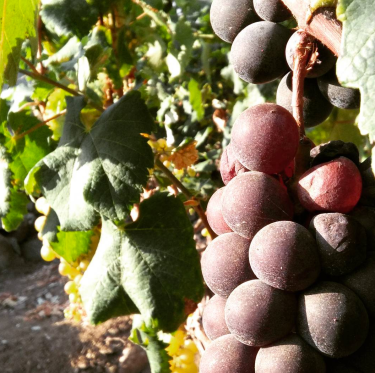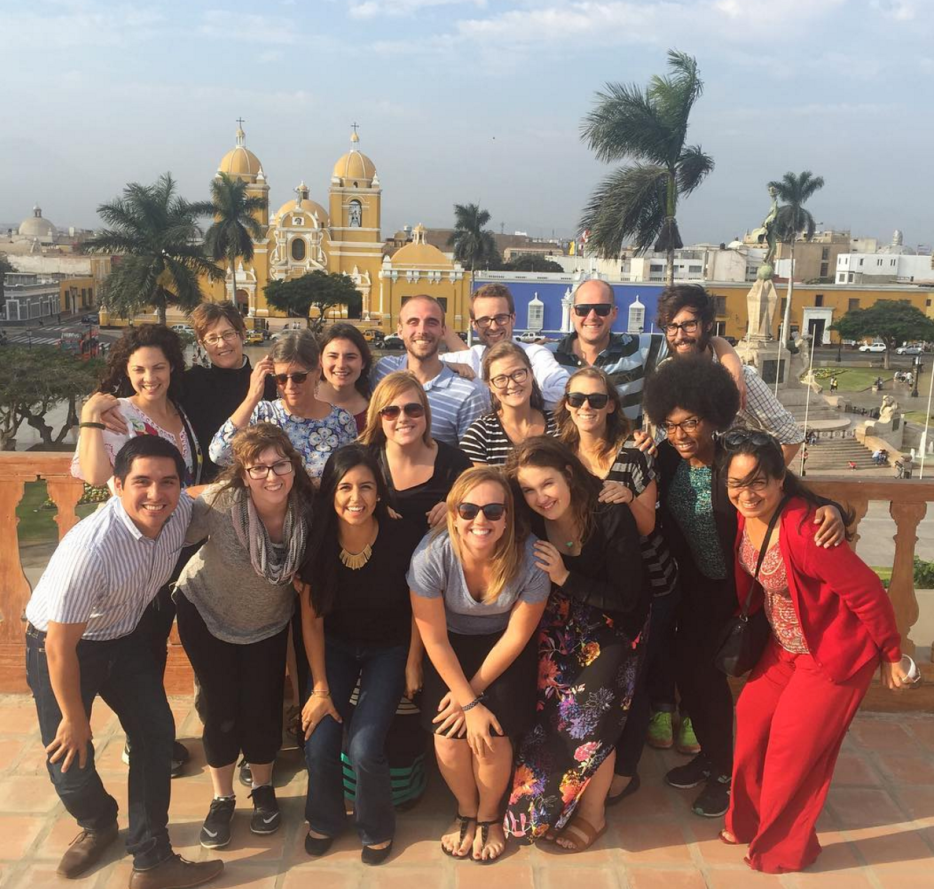Hey, remember me? Sorry, I dropped off the blogging world for 4…5…6…months? Well, I’m back! The past 6 months have been quite the whirlwind that no one could have seen coming….
March 2017: Our group had just finished up a week-long training on the coast, and were told we were unable to return back to our sites at the moment because of the rains and the effects they had on our communities / the roads to get back home. We were hanging tight in a hotel in our regional capital and we were waiting for a call from our Country Director to give us an update on when we would be returning back to our sites. A few minutes into the call with our Country Director, it became very clear that the situation had escalated in severity around the country. Within about 5 minutes of the call, we were told that 3 of the Peace Corps regions would be evacuated to the US for 6 weeks and those volunteers would not be returning to their sites, this included my region and my site. During this time, they would do their best to find new towns for us to move to in other regions, but this was a huge undertaking for the staff, so nothing was guaranteed. Normally, site development takes 3– 4 months with all the paperwork + approvals, and they were attempting to find (and approve) 30+ new sites in 6 weeks (the maximum amount of time volunteers are allowed to be out of their host country before having their service ended). All we could do was wait.
The next week was spent in Lima finishing up some admin work before we all left. Though I was back in the United States under horrible circumstances, I was thankful for the time to see family + friends, and get my bummed knee fixed by going to physical therapy! About a month back in the United States, I received a call from Peace Corps saying that after doing site / region evaluations, they had decided I could go back to my site. Things we’re looking up!
I arrived back to Peru a week later than the other evacuees because of my physical therapy schedule. Though we were all given the option to come back to Peru, some volunteers decided that staying in the States was the better option for them. When you first start Peace Corps, not finishing the two years sounds so harsh, but the reality is when you take into account all the factors, (internal and external), of life that can happen in two years, it’s really not that crazy of a thing to happen. It’s a hard decision to make, and of course, those volunteers are missed, but no one thinks less of them for making that decision.
The first few days back in site were a little weird, but it quickly felt like home again, I was doing fine. It felt like I had never left, and I was getting back into the groove. Suddenly, about a month into my return, I was moved to a new site on the coast for reasons outside my control. This was one of the greatest challenges of my service so far, aside from being evacuated, I felt like I was starting over a year into my service. New town, new projects, new family, new (almost) everything.
Often times, Peace Corps Volunteers are seen as being very independent, but the ironic part is that you give up a part of your independence when you join the Peace Corps. Under both these circumstances (evacuation + site change), I didn’t really have a say in what would happen next or where I would go. Sure, if I didn’t like the outcome, I could return to the US, so I suppose there always is an Option B.
I’ve been in my new site for about 2 months now and things are going well. I’m working with the high school students teaching entrepreneurship classes, working with business owners / associations in the area of business consulting, and will be starting some financial education classes soon.
We just had our Mid Service Training in Lima, which means we are over halfway done with our 27-month service. It’s crazy how fast time has gone, and word on the street is that the second year goes even faster. In the past 5 months, I have been evacuated from Peru, almost not medically cleared to come back because of my knee, sent back to my original Peace Corps site and then moved sites. Needless to say, this is more than enough excitement for me right now (hey Universe, are you listening? No más.), so I’m hoping the worst is behind me, and the next year will be a little more of smooth sailing, so cheers to part 2.

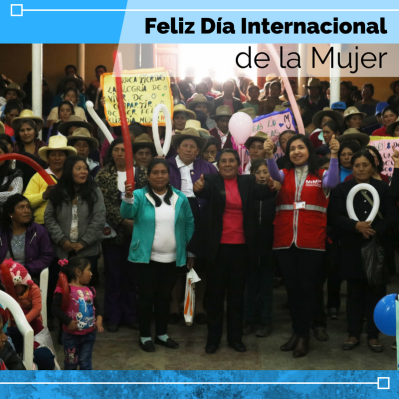
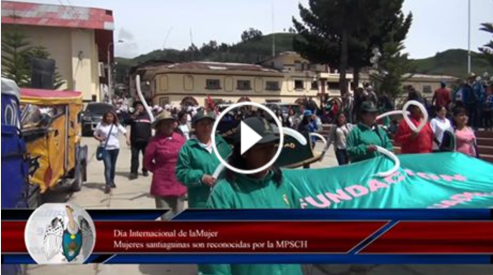



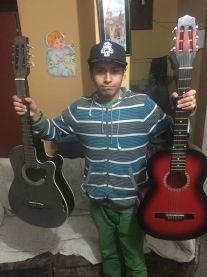 lanning on visiting anyways). My goodbye with my two younger host brothers consisted of a simple “goodbye, see ya later, good luck with life”. They’re 12, that’s how they roll. Then the two hardest goodbyes came. My older host brother (17) and my host mom. My host brother cried when I left, he tried to hide it, but didn’t work. Soy la única and always wanted a brother and he was so fun to hang out with, he felt like a real brother. I would ask him how his day was, expecting the United States response of “good, how are you?”, but he would tell me ALL about his day. His classes, the cute girls in his classes, the drama at school (ah, high school), his job, the party he went to and how it was cooler than the ones I went to, etc. Honestly, it turn into a 45 minute conversation, but I thoroughly enjoyed them, well, what I could understand of them.
lanning on visiting anyways). My goodbye with my two younger host brothers consisted of a simple “goodbye, see ya later, good luck with life”. They’re 12, that’s how they roll. Then the two hardest goodbyes came. My older host brother (17) and my host mom. My host brother cried when I left, he tried to hide it, but didn’t work. Soy la única and always wanted a brother and he was so fun to hang out with, he felt like a real brother. I would ask him how his day was, expecting the United States response of “good, how are you?”, but he would tell me ALL about his day. His classes, the cute girls in his classes, the drama at school (ah, high school), his job, the party he went to and how it was cooler than the ones I went to, etc. Honestly, it turn into a 45 minute conversation, but I thoroughly enjoyed them, well, what I could understand of them.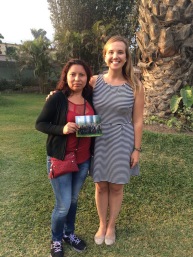 nd of the conversation she looked at me and said “I will see you later.” I immediately agreed with her words and reassured her I would visit, we can stay in touch through Facebook, we can text, etc. Not too long into my plan of keeping in touch, she interrupted me and said “No, really. I will see you later, in 5 hours at your swearing in ceremony.” It made for a humorous moment during the emotional goodbye.
nd of the conversation she looked at me and said “I will see you later.” I immediately agreed with her words and reassured her I would visit, we can stay in touch through Facebook, we can text, etc. Not too long into my plan of keeping in touch, she interrupted me and said “No, really. I will see you later, in 5 hours at your swearing in ceremony.” It made for a humorous moment during the emotional goodbye.





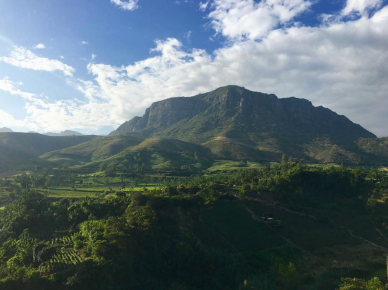 Photo by Marina Sandoval
Photo by Marina Sandoval